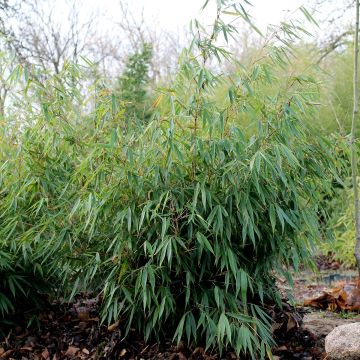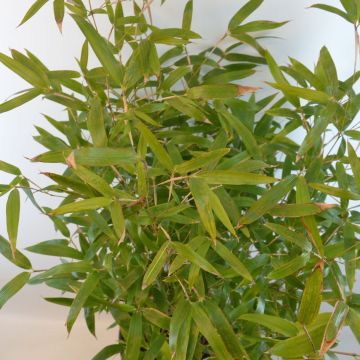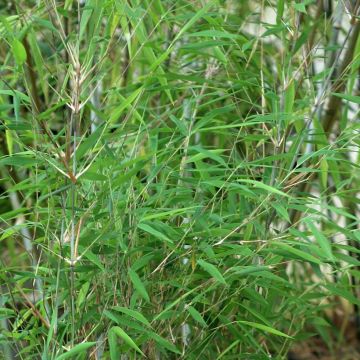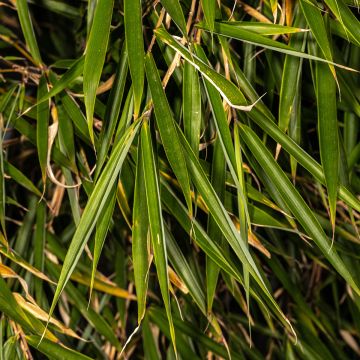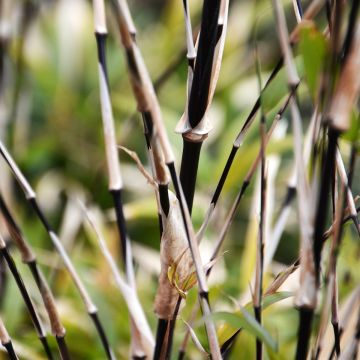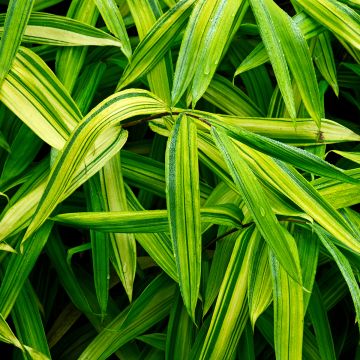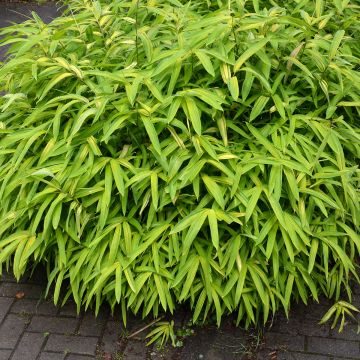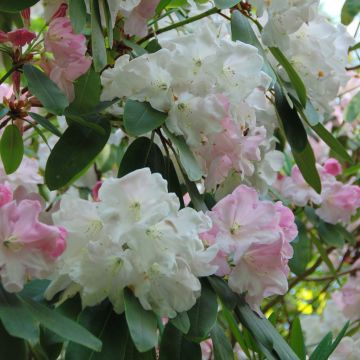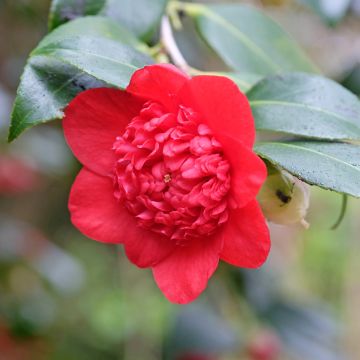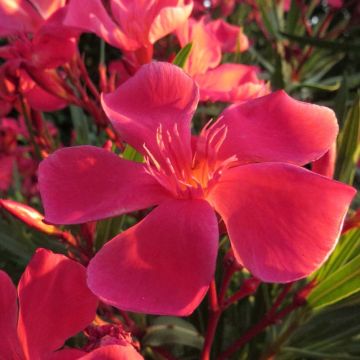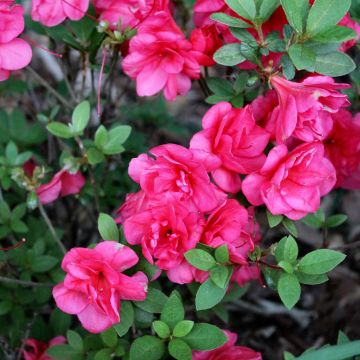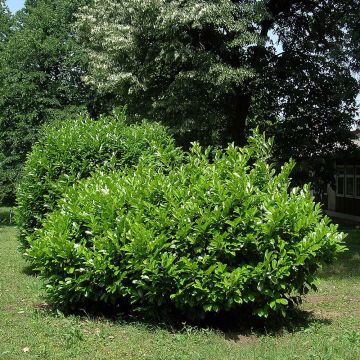

Bambusa glaucescens multiplex Alphonse Karr - Hedge Bamboo
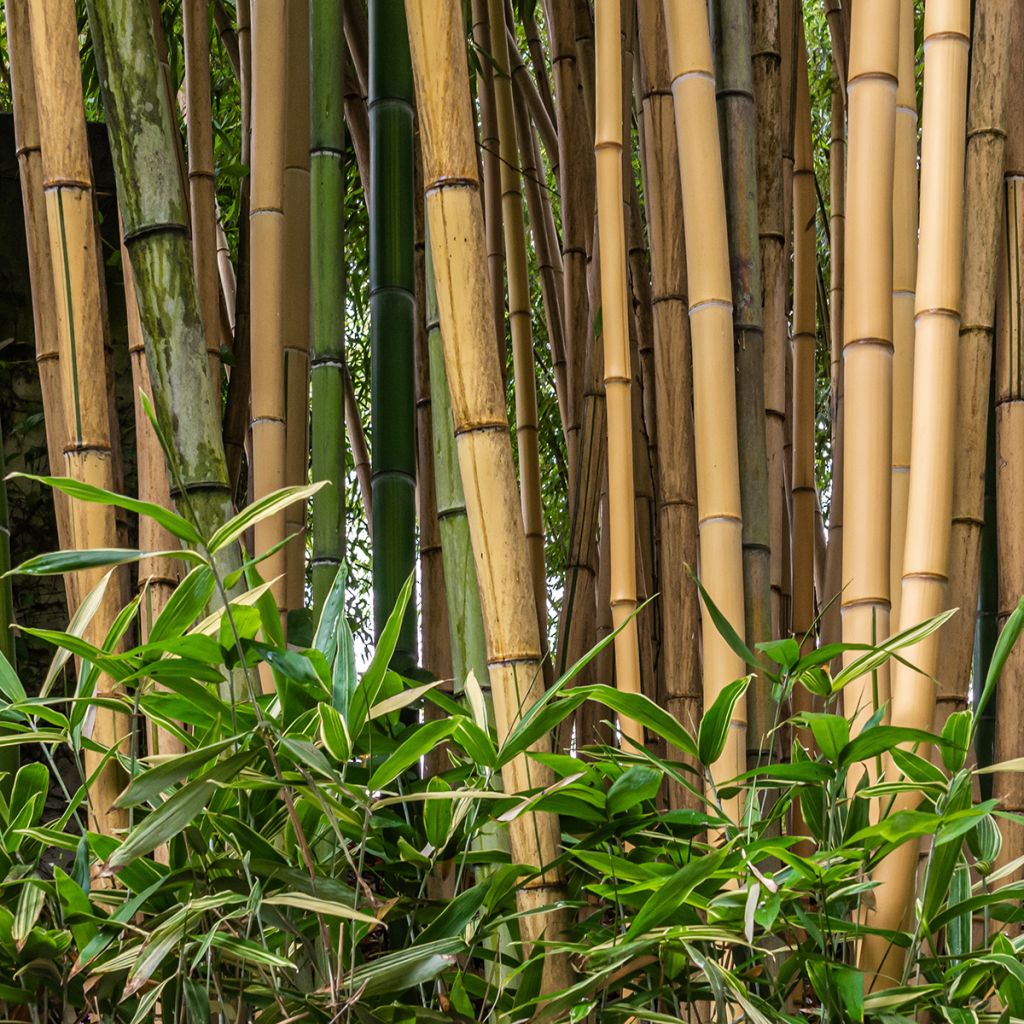

Bambusa glaucescens multiplex Alphonse Karr - Hedge Bamboo


Bambusa glaucescens multiplex Alphonse Karr - Hedge Bamboo


Bambusa glaucescens multiplex Alphonse Karr - Hedge Bamboo
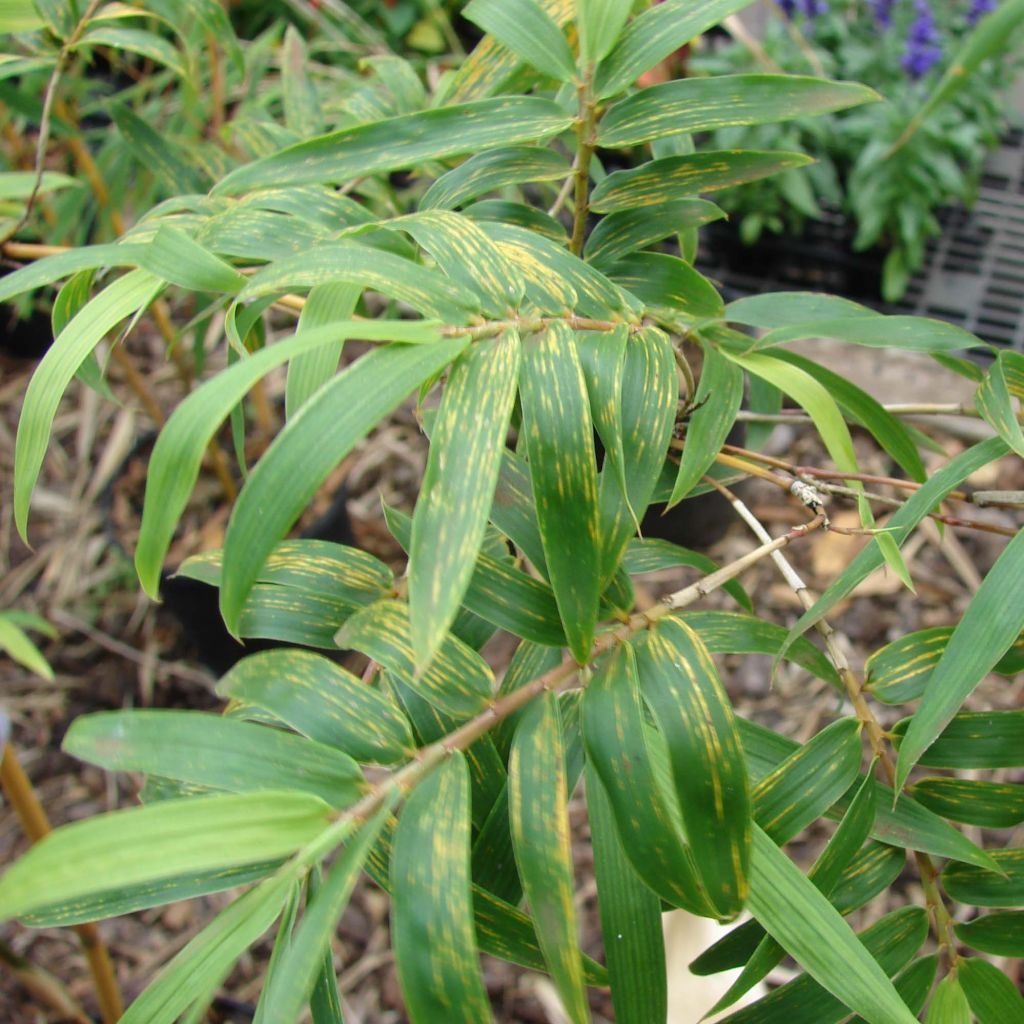

Bambusa glaucescens multiplex Alphonse Karr - Hedge Bamboo
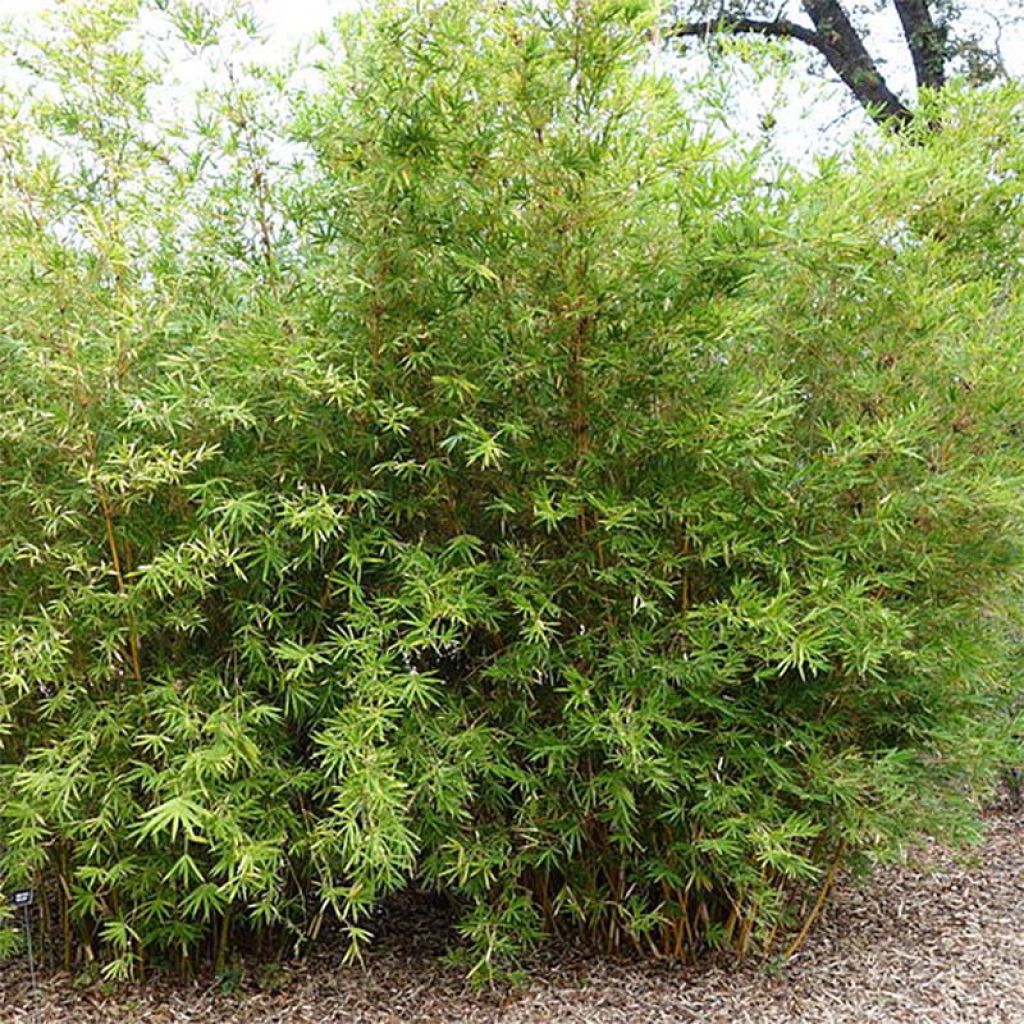

Bambusa glaucescens multiplex Alphonse Karr - Hedge Bamboo


Bambusa glaucescens multiplex Alphonse Karr - Hedge Bamboo


Bambusa glaucescens multiplex Alphonse Karr - Hedge Bamboo


Bambusa glaucescens multiplex Alphonse Karr - Hedge Bamboo
Bambusa glaucescens multiplex Alphonse Karr - Hedge Bamboo
Bambusa glaucescens multiplex Alphonse Karr
hedge Bamboo
Hello, a bit disappointed with the condition of the young plant upon arrival, lots of dry or damaged leaves and several broken stems... I'm waiting to see if it starts to grow again before giving a final opinion.
Dominique, 07/02/2023
Special offer!
Receive a €20 voucher for any order over €90 (excluding delivery costs, credit notes, and plastic-free options)!
1- Add your favorite plants to your cart.
2- Once you have reached €90, confirm your order (you can even choose the delivery date!).
3- As soon as your order is shipped, you will receive an email containing your voucher code, valid for 3 months (90 days).
Your voucher is unique and can only be used once, for any order with a minimum value of €20, excluding delivery costs.
Can be combined with other current offers, non-divisible and non-refundable.
Home or relay delivery (depending on size and destination)
Schedule delivery date,
and select date in basket
This plant carries a 24 months recovery warranty
More information
We guarantee the quality of our plants for a full growing cycle, and will replace at our expense any plant that fails to recover under normal climatic and planting conditions.
Would this plant suit my garden?
Set up your Plantfit profile →
Description
Bambusa 'Alphonse Karr' is one of the most ornamental varieties of Bambusa multiplex. This bamboo compensates for its slightly tender nature by being highly suitable for pot cultivation, making it a very beautiful plant for decorating our interiors and verandas. Of medium size and non-invasive, it develops thin and very straight canes that change from pink to bright yellow-orange, with fine dark green stripes along their length, and has a graceful spreading habit. In the ground and under favourable climates, this Bambusa allows for the creation of spectacular, exotic-inspired landscapes.
Bambusa glaucescens or multiplex is a plant belonging to the poaceae family, a type of grass with woody stems that grows from a non-invasive rhizomatous rootstock, known as a clumping bamboo. In this type of bamboo, the very short internode rhizomes develop slowly at the periphery of the rootstock, which gradually expands, but they also develop towards the centre, which remains dense without becoming bare. This bamboo is native to Southeast Asia, specifically certain regions of China, Nepal, Bhutan, Sri Lanka, Taiwan, and Indochina. It can withstand short frosts of around -7°C (19.4°F) in sheltered locations and well-drained soil.
The Bambusa 'Alphonse Karr' was named in honour of the French botanist and writer of the same name. The plant forms a bushy clump, very dense and compact at the base, slightly spreading and trailing upwards. The young shoots, or canes, turn pink-orange, even mauve in the sun. They emerge from the ground in summer, reach maturity in autumn, and develop leafy branches in spring. Depending on the growing conditions, the plant will reach 2 to 4m (6.5ft to 13ft) in height, up to 8m (26ft) in optimal conditions. Eventually, the plant will spread over more than 3m (10ft) on the ground. The canes are upright, slender, 1 to 3cm (0.4 to 1.2in) in diameter, covered with brown hairs and a fine powdery bloom that gives them a mauve appearance. Over the months, they take on a more salmon-orange colour and a shiny finish. The sheaths that envelop the young shoots are brown and deciduous. The foliage is evergreen and mainly distributed towards the top of the canes. The leaves are abundant, small, and narrow, lanceolate and tapering at the tip, a light green-blue on the upper side and a grey-silver on the underside.
The Bambusa multiplex 'Alphonse Karr' is remarkably colourful, with dense canes and foliage, as exotic as it is elegant and perfect for creating a small hedge or a beautiful green screen in mild climates. It will also have a great effect as a standalone clump or integrated into an autumn colour shrub bed. When grown in a pot, Bambusa multiplex is the ideal choice to decorate a veranda or a large patio. Its development will then depend on the size of the pot and the care it receives. To enhance and animate its foliage in summer, it can be associated with a viticella-type clematis with red flowers ('Madame Julia Correvon', purpurea 'Plena Elegans', 'Avant Garde'), whose small foliage will blend naturally with the bamboo's vegetation. Tall grasses, giant cannas, Aster carolinianus, and tall dahlias (Dahlia imperialis) will also make good companions for this magnificent bamboo.
Report an error about the product description
Bambusa glaucescens multiplex Alphonse Karr - Hedge Bamboo in pictures


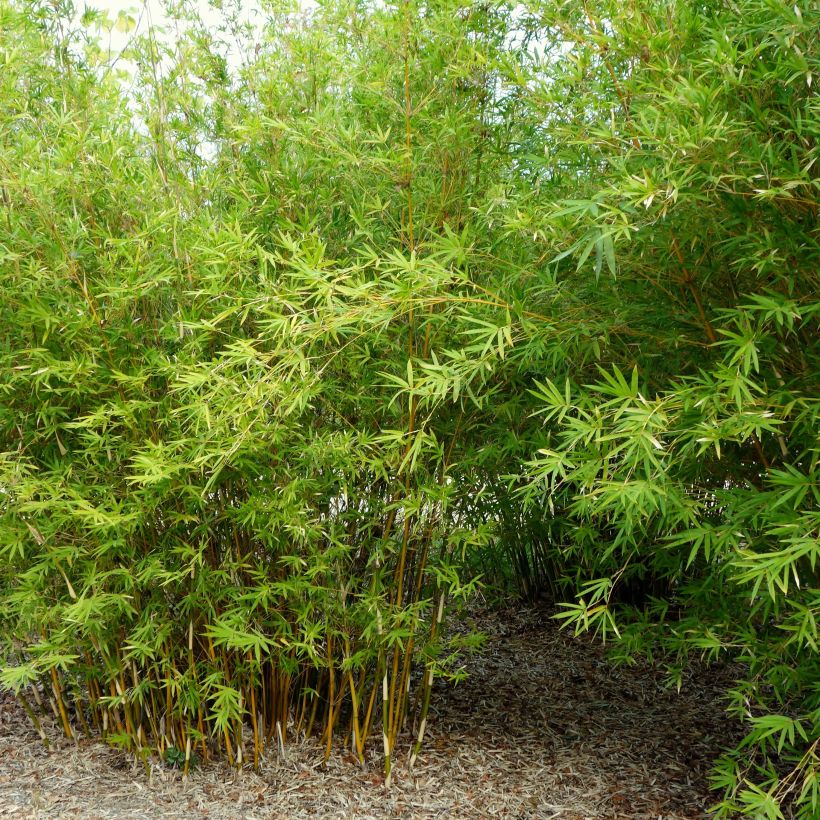

Plant habit
Foliage
Botanical data
Bambusa
glaucescens multiplex
Alphonse Karr
Gramineae
hedge Bamboo
Cultivar or hybrid
Other Bamboos
View all →Planting and care
Bambusa multiplex 'Alphonse Karr' prefers partial or dense shade, although it tolerates the sun as long as it is not scorching. However, avoid excessively drying exposures as it dislikes arid situations. It can be grown in the ground only in regions with mild winters, as its hardiness does not exceed -7 to -9°C (19.4 to 15.8°F). Choose a very sheltered exposure, away from drafts and dry, cold winds. Reserve a shady spot in the south.
Plant this bamboo in a rich, moist, humus-rich soil, if possible low in limestone. If necessary, replace the soil in your garden with good horticultural compost and topsoil. Preferably plant in spring or autumn. To create a hedge, plant one plant every metre. Water abundantly for the first two years. Once well established, this bamboo tolerates summer drought quite well if planted in partial shade and deep soil.
In a pot, monitor watering, especially when the foliage is very abundant, and apply two handfuls of lawn fertilizer to the base of your non-invasive bamboo from early March to mid-April. Its foliage will be greener. This bamboo tolerates pruning well. Slugs can devour young shoots. This non-invasive bamboo does not require the installation of a rhizome barrier at planting. It retains its green foliage throughout winter and loses some leaves throughout the year, more so towards the end of autumn.
Planting period
Intended location
Care
-
, onOrder confirmed
Reply from on Promesse de fleurs
Similar products
Haven't found what you were looking for?
Hardiness is the lowest winter temperature a plant can endure without suffering serious damage or even dying. However, hardiness is affected by location (a sheltered area, such as a patio), protection (winter cover) and soil type (hardiness is improved by well-drained soil).

Photo Sharing Terms & Conditions
In order to encourage gardeners to interact and share their experiences, Promesse de fleurs offers various media enabling content to be uploaded onto its Site - in particular via the ‘Photo sharing’ module.
The User agrees to refrain from:
- Posting any content that is illegal, prejudicial, insulting, racist, inciteful to hatred, revisionist, contrary to public decency, that infringes on privacy or on the privacy rights of third parties, in particular the publicity rights of persons and goods, intellectual property rights, or the right to privacy.
- Submitting content on behalf of a third party;
- Impersonate the identity of a third party and/or publish any personal information about a third party;
In general, the User undertakes to refrain from any unethical behaviour.
All Content (in particular text, comments, files, images, photos, videos, creative works, etc.), which may be subject to property or intellectual property rights, image or other private rights, shall remain the property of the User, subject to the limited rights granted by the terms of the licence granted by Promesse de fleurs as stated below. Users are at liberty to publish or not to publish such Content on the Site, notably via the ‘Photo Sharing’ facility, and accept that this Content shall be made public and freely accessible, notably on the Internet.
Users further acknowledge, undertake to have ,and guarantee that they hold all necessary rights and permissions to publish such material on the Site, in particular with regard to the legislation in force pertaining to any privacy, property, intellectual property, image, or contractual rights, or rights of any other nature. By publishing such Content on the Site, Users acknowledge accepting full liability as publishers of the Content within the meaning of the law, and grant Promesse de fleurs, free of charge, an inclusive, worldwide licence for the said Content for the entire duration of its publication, including all reproduction, representation, up/downloading, displaying, performing, transmission, and storage rights.
Users also grant permission for their name to be linked to the Content and accept that this link may not always be made available.
By engaging in posting material, Users consent to their Content becoming automatically accessible on the Internet, in particular on other sites and/or blogs and/or web pages of the Promesse de fleurs site, including in particular social pages and the Promesse de fleurs catalogue.
Users may secure the removal of entrusted content free of charge by issuing a simple request via our contact form.
The flowering period indicated on our website applies to countries and regions located in USDA zone 8 (France, the United Kingdom, Ireland, the Netherlands, etc.)
It will vary according to where you live:
- In zones 9 to 10 (Italy, Spain, Greece, etc.), flowering will occur about 2 to 4 weeks earlier.
- In zones 6 to 7 (Germany, Poland, Slovenia, and lower mountainous regions), flowering will be delayed by 2 to 3 weeks.
- In zone 5 (Central Europe, Scandinavia), blooming will be delayed by 3 to 5 weeks.
In temperate climates, pruning of spring-flowering shrubs (forsythia, spireas, etc.) should be done just after flowering.
Pruning of summer-flowering shrubs (Indian Lilac, Perovskia, etc.) can be done in winter or spring.
In cold regions as well as with frost-sensitive plants, avoid pruning too early when severe frosts may still occur.
The planting period indicated on our website applies to countries and regions located in USDA zone 8 (France, United Kingdom, Ireland, Netherlands).
It will vary according to where you live:
- In Mediterranean zones (Marseille, Madrid, Milan, etc.), autumn and winter are the best planting periods.
- In continental zones (Strasbourg, Munich, Vienna, etc.), delay planting by 2 to 3 weeks in spring and bring it forward by 2 to 4 weeks in autumn.
- In mountainous regions (the Alps, Pyrenees, Carpathians, etc.), it is best to plant in late spring (May-June) or late summer (August-September).
The harvesting period indicated on our website applies to countries and regions in USDA zone 8 (France, England, Ireland, the Netherlands).
In colder areas (Scandinavia, Poland, Austria...) fruit and vegetable harvests are likely to be delayed by 3-4 weeks.
In warmer areas (Italy, Spain, Greece, etc.), harvesting will probably take place earlier, depending on weather conditions.
The sowing periods indicated on our website apply to countries and regions within USDA Zone 8 (France, UK, Ireland, Netherlands).
In colder areas (Scandinavia, Poland, Austria...), delay any outdoor sowing by 3-4 weeks, or sow under glass.
In warmer climes (Italy, Spain, Greece, etc.), bring outdoor sowing forward by a few weeks.






























